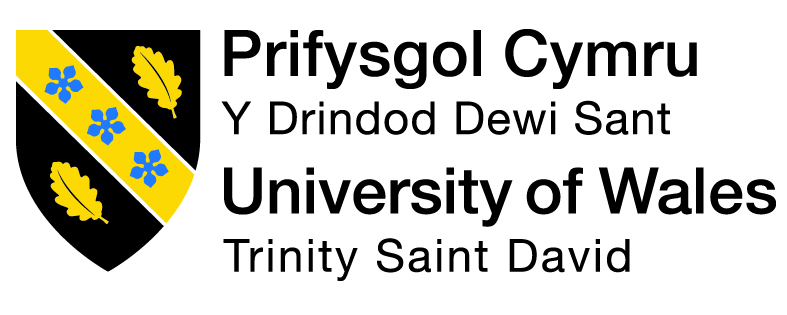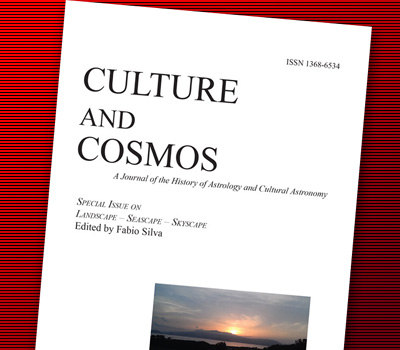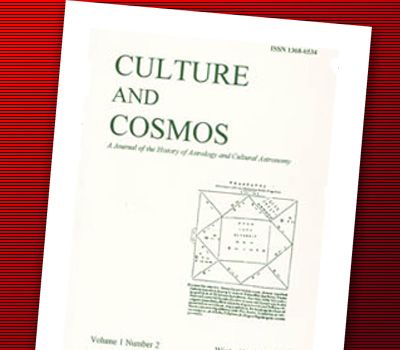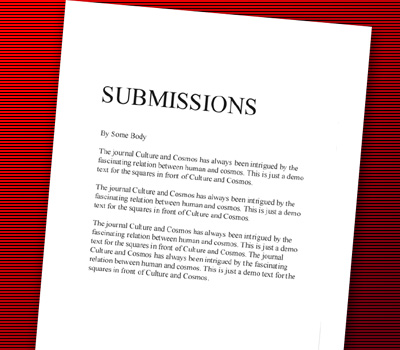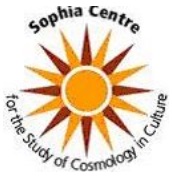We are currently seeking submissions for future volumes of Culture and Cosmos.
Volume 21
Investigation of Solstice Horizon Interactions at Chacoan Monumental Architecture
Andrew M. Munro, Tony Hull, J. McKim Malville, F. Joan Mathien and Cherilynn Morrow
Abstract
Multiple monumental structures built during the ninth through the twelfth centuries CE at Chaco Canyon, NM, are in locations where solstice sunrise or sunset visually interacts with horizon foresights. We report on the results of field survey and photo-confirmation of seven solstice foresight interactions at Chacoan Great Houses. These include two 'Early Bonito phase' (850-1040 CE) sites. A June solstice sunset (JSSS) horizon foresight is visible from Pueblo Bonito, including early (ninth century) portions of the structure. December solstice sunrise (DSSR) interacts with a foresight visible from Hungo Pavi kiva A. We also confirm solstice horizon foresights at five additional 'Late Bonito phase' (1100-1140 CE) Great Houses. These include DSSR at Kin Sabe, DSSR at the Peñasco Blanco McElmo unit, DSSR at the proposed Chetro Ketl McElmo unit (west room block), December solstice sunset (DSSS) at Hillside Ruin, and June solstice sunrise (JSSR) at Rabbit Ruin. Hillside Ruin, the Chetro Ketl McElmo unit, and Rabbit Ruin also participate in inter-site alignments to the cardinal directions. Integration of this data with previous temporal analyses further highlights contrasting cultural intent between periods. A minority of Early and Classic Bonito phase Great Houses (850-1100 CE) are known to have been built at solstice foresight observing locations. During the Late Bonito phase, ten of thirteen (77%) newly built Great Houses are at such locations. Six of thirteen (46%) participate in inter-site alignments to the cardinal directions. Three of thirteen (23%) participate in both the inter-site cardinal alignment and solstitial foresight traditions. This provides direct evidence of common social intent and the growing importance of solar events for Late Bonito phase people at Chaco. These structures may indicate an interest in theophanies, i.e., conjoining the sacred sun at solstice with the cardinal directions and prominent features of the sacred landscape. They bolster the argument for either centralized leadership by an astronomically adept Late Bonito elite, or a religious revival among the Chacoan people after the severe drought of the 1090s CE.

